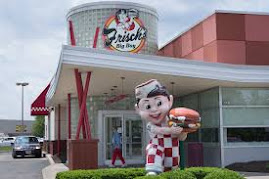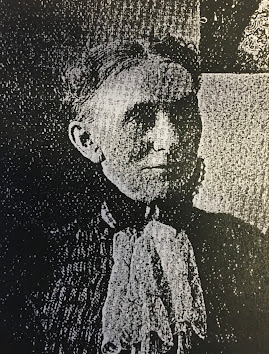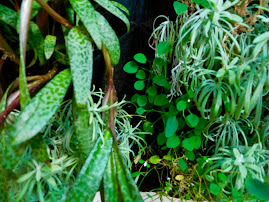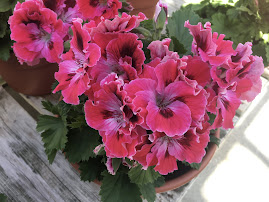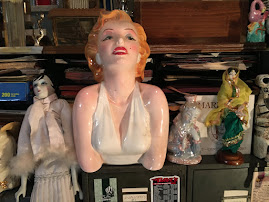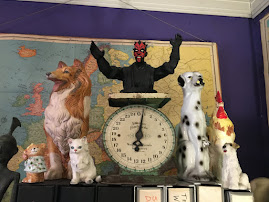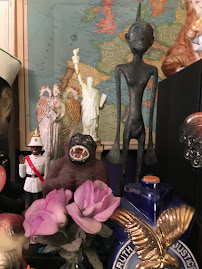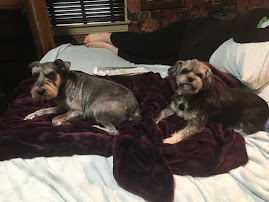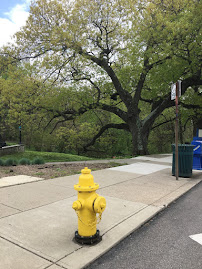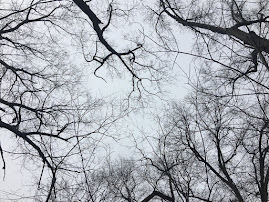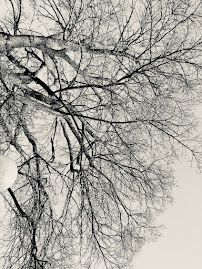
Dear George,
I told Rhys at a family gathering about one of my silly experiences with Ambien, and she laughed and laughed. She said she’d heard other funny stories of this sort from her forty-something friends about their parents’ strange behavior. She explained that my age cohort just missed out on the student drug culture of the 1960’s, and we were only now belatedly discovering mind-altering substances. Rhys’ opinion was that it’s preferable to go through this phase in one’s twenties, but better late than never.
Katja got a prescription for Ambien years ago, and, when she found it put her to sleep readily, I tried it too. At first I would browse through albums of antique postcards while waiting for the drug to take effect. I quickly discovered that Ambien creates remarkable visual sensations. In particular, two-dimensional postcards become three-dimensional with Ambien, much like looking through a stereoscope. This was interesting and got me wondering what else Ambien could do. My subsequent late night adventures have been so inspiring that I’m now working on a how-to manual. My tentative title is “Fun Ideas for Ambien Users: Hot Tips on Achieving Weird Psychic States.” Here is the book prospectus that I will be sending soon to The KookyBird Press:
Chap. 1. Watch Conan O’Brien twice. This first chapter highlights unusual visual experiences. In particular, Ambien greatly enhances late night TV viewing. Double vision sets in after half an hour, and so you can see two side-by-side Conan O’Briens interacting with two Britney Spears. This is twice as exciting as normal TV. I watched Peyton Manning on the news the other night, and it was amazing to see him and his identical twin brother throwing spiral passes in perfect synchrony to their identical twin wide receivers.
Chap. 2. Go Driving Around Town. Ambien is a lot more exciting if you get out of bed and do things. The first week I tried it Katja said that she was craving Skyline Chili, so we got in the car and drove down Ludlow Avenue. Everything was normal until I drove home. Each approaching car had four side-by-side headlights and appeared to be taking up both sides of the street. This was a challenging test of my manueverability skills and showed that Ambien can make one feel and act like Indiana Jones.
Chap. 3. Indulge Yourself -- Do Gourmet Cooking. Ambien people like to get up at night and make snacks. While I only remember some of these, they have been so delectable that I’m working on an Ambien cookbook. Here’s my first entry which I typed on the computer the other night after gobbling up this unique recipe:
AMBIEN SANBDWGUCG RECUOE,’’
ANBUEB SANDWICH RECIPE.
AMBIEN SANDWICH RECIPE.
TWO PIECES OF 15 GRAN BREDAD. WUTG MUSTARD ON IT
3 SLICES OF MOZZARRELLA CHEESE SPREAD ACROSS BREAD.
COOKED ASPARAGUS TIPS IN BETWEENB CHEESE SLABS.
LAYER OF HARD SALAMI CIRCLES.
HARD BOILED EGG SLICED INTO 6 SLICES AND SPREAD
MORE SALAMI ON TOP OF EGG.
TWO SLICES OF SARA LEE OVEN ROASTED TURKEY BREAST.
TOP LAYER OF BREAD WITH MUSTARD.
MY RATING: EXTRAORDINAIRE.
SUCH RICH AND VARIED FLAVORS.
THE EGG COMPLEMENTS THE SALAMI COMPLIMENTS THE CHEESE, AND ALL THIS IS HAPPENING AT ONCE.
THIS SANDWICH COULD BE SOLD AT THE FINESTSOHO BISTRO FOR $25 OR MORE.
Chap. 4. Surprise Your Loved Ones with E-Mails. Ambien and the computer are a match made in Heaven. It is exciting to send off e-mails to family and friends even if they are so touched that they are emotionally unable to reply. A high point came when I decided to send a collective message in which I recounted my deepest thoughts and feelings toward each of my family members. I woke in the morning with a sudden recollection that I’d done this. I rushed to the computer and checked my “Sent” mailbox. Nothing was recorded there. Then I found an Error message which said that I’d made a mistake and my transmission had failed. I took this as a sign that the gods found these sentiments a little too authentic, and so I dumped my innermost feelings into the computer’s Trash box.
Chap. 5. Buy Big on eBay. If sending out deep personal feelings is not your thing, eBay auctions offer another excellent late night activity. eBay bidders who are otherwise frugal become much more expansive with Ambien. For example, one night I bid $6.00 for a couple of ordinary postcards from Mexico (which were worth no more than fifty cents). However, I found, when I checked eBay in the morning, that I’d mistyped my bid and had actually bid six hundred dollars. Fortunately, none of my eBay competitors tried to outbid me, and I avoided fiscal disaster. I recounted this error to my Ambien eBay compatriot, Linda, and she described how she had spent several hundred dollars for a dozen identical unwanteded cashmere sweaters on the Shopping Channel.
Chap. 6. Produce Inspired Works of Art. At my last doctor’s appointment I recounted some of these interesting experiences to my physician, and he recommended that when I take Ambien I should just go to bed and stay there. I’ve been trying (halfheartedly) to follow his advice. Katja gave me a sketchbook, and I started drawing pictures in bed after Ambien had set in. My specialty is self-portraits. Here are a few examples:
Chap. 7. Keep a Journal. Social science authorities have documented the mental health benefits of keeping a journal. Because of the clarity it provides, Ambien is ideal for journalling. So far I have many many single-spaced pages of midnight reflections recorded on my computer. Here is just one of the more thought-provoking observations:
“BRUSHING TEETH: I have mjhjust had an ambient teethburshing experience, a neww sensation. As I brushed, it felt like the brush was peeling off layers of perhaps cheese or clay or perhaps the soft sement that whas holding my crowns on. I fully expected some of my teeth to fall out with when I finished, but I was happy when this did not occur.”
In the bright light of day, you might think this sounds like nonsense. However, if you read it 30 minutes after taking an Ambien, you’ll discover it has deep meaning.
Chap. 8. Winding Up. Ambien has some side effects though most of these are desirable. One, for example, is labeled in the medical literature as “impaired cognition”. This wording was coined by crabby old doctors. What it really means is that the enjoyable effects of Ambien carry over to the next day so that one can prolong one’s happy psychic journey. The main negative side effect of Ambien is that it causes you to fall sleep. I’m trying to solve this problem, but am still working on it.
Love,
Dave

















